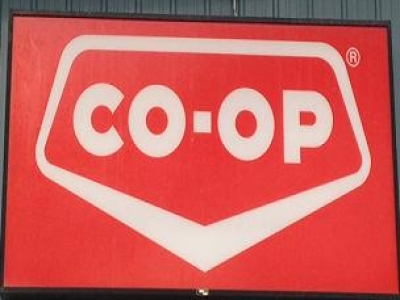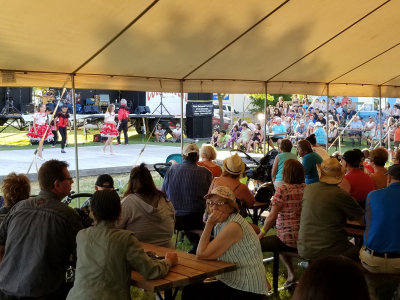Just one bison calf was born on the Sandy Bay Ojibway First Nation last spring.
This was troubling news for community members, as bison hold a special place in their culture. Heading into this spring, community members were hoping for a better result, and that is certainly the case.
One calf was born in April, and in total, over the past two months, five baby bison were born on the First Nation. The return and growth of the bison herd is a proud achievement for the Nation, and we caught up with William Lukianchuk, Bison Manager for Sandy Bay Ojibway First Nation.
"It's a relief, way better than last year," said Lukianchuk. "It's honestly such an incredible sight to watch them run around. They're super playful, they're like a bunch of little puppies running around."
Many Indigenous communities have long held deeply cultural and spiritual connections with bison, and that's the case for residents on the Sandy Bay Ojibway First Nation. Bison are North America's largest land mammal.
Did you know that from the 1810s to 1870s, bison were the main source of survival and income for Métis.
"Bison always took care of our people back in the day. We were able to use their fur, meat, and so much more," offered Lukianchuk. "We lived off of them. Now that the number of bison has declined drastically, it's our turn. We are the ones who should be taking care of them. They deserve a chance to come back to life, like it used to be."

Thanks to the arrival of five new calves, the bison herd on Sandy Bay Ojibway First Nation has grown to 29.
Lukianchuk, who oversees the herd, is already looking ahead. He’s in discussions with Parks Canada in Saskatchewan to bring in another 15 to 30 bison. His goal? To grow the herd to 60 to 80 breeding females—enough to support not just Sandy Bay, but also to help other First Nations restore their bison populations.
William understands they have a ways to go to grow the bison population in the province, but he is pleased with the progress being made.
"Considering what it was, it's pretty awesome to see the ranch expand the way it's going," continued Lukianchuk. "I'm pretty sure I have Chief and Council on my side as well, they are happy with how things are going. We have visitors coming to the ranch to check out the bison as well, and that's always a big hit."
The ranch is on the edge of the reserve just off Highway 50. Lukianchuk says if you are interested in checking out the herd, you can take a tour on a side-by-side. You can call or text him at 204-871-0651.







